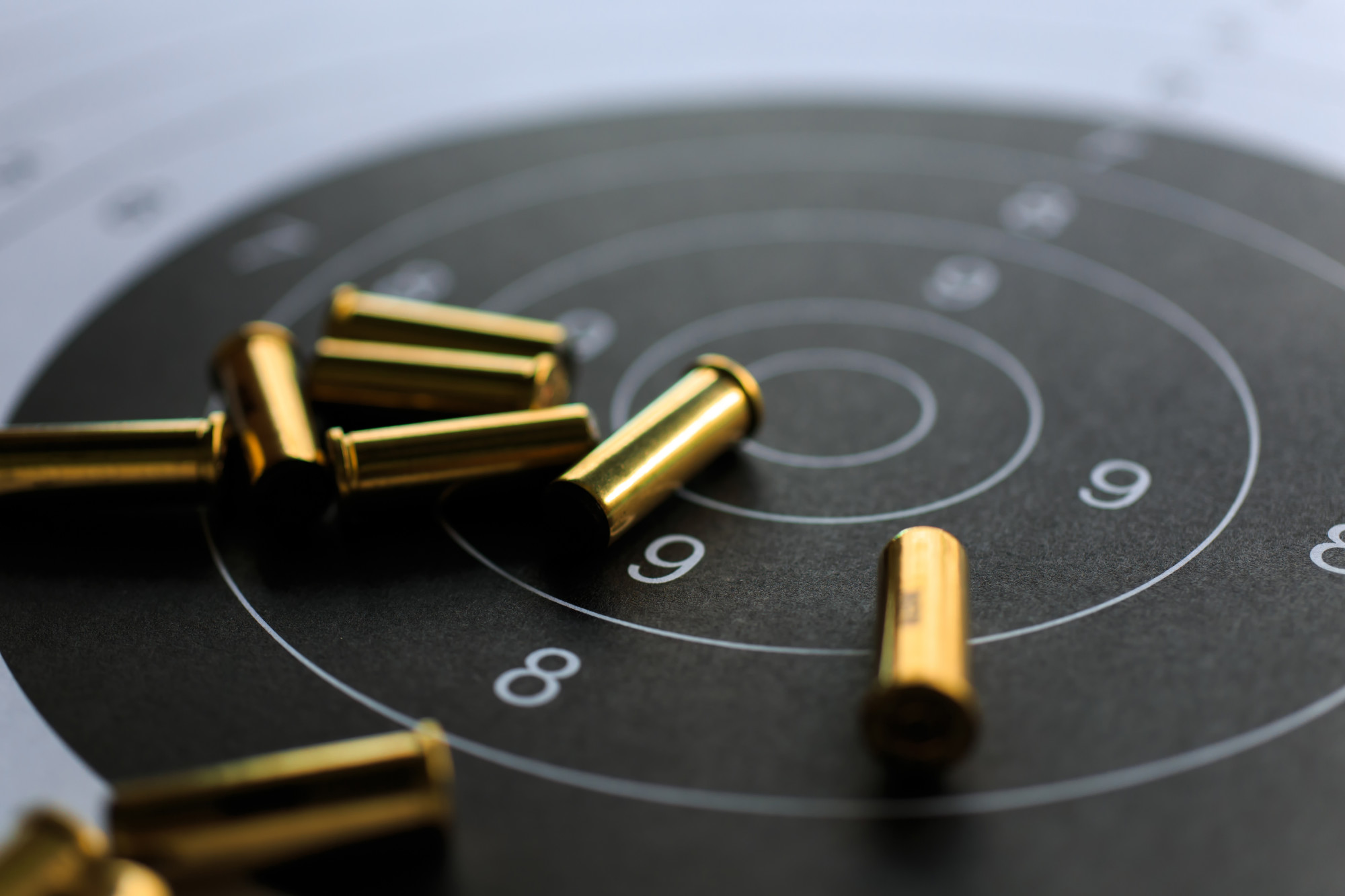When you go to the gun range, are you sure you’re maximizing the practice you’re getting? Target practice is like any other kind of practice — without the proper habits, you’re wasting your time and money.
Learning to reload ammo is not only a fantastic new hobby to learn, but it can save money on practice ammo and allow you to create customized loads for your guns.
Let’s take a look at some tips and tricks to help you improve your reloading.
Lay the Foundation For a Quick Reload
Preparation on the reloading bench is essential. The more time you spend, the more you’ll get out of it. Most veteran shooters know that having quality brass is the best foundation for good ammo.
Getting quality cases is important. You want your cases to be practically identical before each shot is fired, so the more consistent, the better. Make sure to inspect and clean the cases before use.
Wipe any dirt and grime from each one and see if there are any splits or deformities. Toss any defective cases away. Then lubricate the cases to make sure they don’t get stuck.
Although brass prep can be time-consuming, it is well worth it. You can also make sure you’re getting the most out of the cost of bullets.
The next step to improving your reload time is to set up your belt correctly and efficiently.
The most efficient place for your magazine carrier is right on the inside of your support hand’s pectoral. This allows your support hand to fall off the gun and down to the magazine easily. Doing this requires the smallest amount of physical movement and the shortest distance.
Understand a Reloading Press
Getting to know and understand the differences between different reloading presses can help optimize your reloading experience at the shooting range. There are three different types: single-stage, turret, and progressive.
Which one you choose will depend on your shooting style and the amount of ammo.
Single-Stage Press: These are the best for bench rest shooters as well as beginners. They can complete a function simply with the pull of the handle. They might be a bit slower than the presses, but they give you full control over the reloading process.
Turret Press: This press features multiple stations so that you can increase the volume of reloading without changing dies. These also complete a function with the pull of a handle, but you can rotate the turret to move to the next step. This is great for pistol and rifle shooters who want to increase productivity.
Progressive Press: This press is great for high-volume shooters. It can complete many functions with several cartridges every time the handle is pulled. This means you can pump out a lot of ammo very quickly. They are much more complex than single-stage or turret presses.
Be Diligent With Every Reload
Once you start getting comfortable reloading ammunition into your gun, it’s easy to get lax, just like any other discipline. However, it’s important to be consistent and diligent with every single reload.
Treat every reload as if it were your first. Make sure you follow safety rules as well as your common sense. Avoid cluttering your bench with more than one project. Turn your phone off and get rid of any other distractions that may surround you.
Track Your Records Carefully
It can take a while to finally find that sweet load that matches your pistol or rifle perfectly, so it’s important to keep track of it and not play the guessing game every time. On the other hand, you want to make sure you remember dangerous bullet/powder combinations where that don’t work out when you practice shooting.
To do this, keep a spiral-bound notebook (or your phone) around and make sure to keep all of your load development information on hand.
Clean Your Gear
This one might seem like an afterthought, but it’s just as important as the rest. Reloading involves several very precise tolerances, which means even a tiny bit of case lube mixed with brass shavings can gum up and lead to a jammed bullet cup.
Not cleaning properly can lead to a change in dimensions for your loaded ammo, which will in turn affect your accuracy — not to mention create feeding issues.
To do this, make sure you disassemble your dies and rinse them with ultrasonic cleaner every once in a while. If you don’t have an ultrasonic cleaner, you can take some normal cotton swabs and copper solvent and scrub at it. You can then add some lubricant like RemOil to prevent rust, then put it all back together.
Pro tip: you can also make a dummy round with the kind of bullet that you like but without the primer or powder. Then you can easily readjust your seating dies to get that perfect dimension after you clean it out.
Use Proven, Quality Loads
There’s a ton of info and literature out there about how to manually load your gun, so make sure to read up on the right cartridges for your unique gun.
Study up on the load data from reputable loading manuals and cross-reference it with specs from the powder manufacturer. After that, you can continue to measure and optimize your chamber and lead dimensions.
Paying meticulous attention to these details will help enhance your accuracy in the long run.
Get the Most Out of Your Target Practice
These tips will help you get the most out of your target practice. Just like any practice, it’s important to be diligent in seeing improvements down the line.
One of the most important factors for improving your accuracy and reloading is to make sure you have the best equipment available. If you’re looking for high-quality brass at a great rate, check out our products today!


